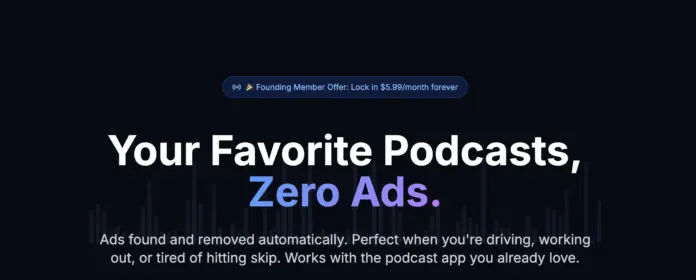Page Not Found – 404 Error
We apologize for the inconvenience, but the page you are looking for cannot be found on our website. This could be due to a changed or broken link, or the content may no longer be available. If you have bookmarked a specific page, please note that our new website has updated many links, and you may need to search for the content again. Thank you for your understanding as we work to improve our site.
For effective navigation, consider using our homepage or the search feature to find what you need. Stay connected for the latest updates and offerings. If you need further assistance, please don’t hesitate to reach out to our support team. Your satisfaction is important to us!





